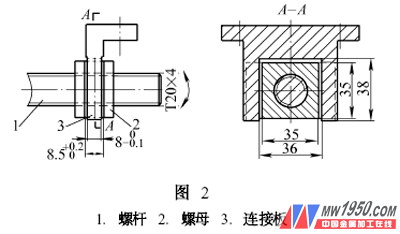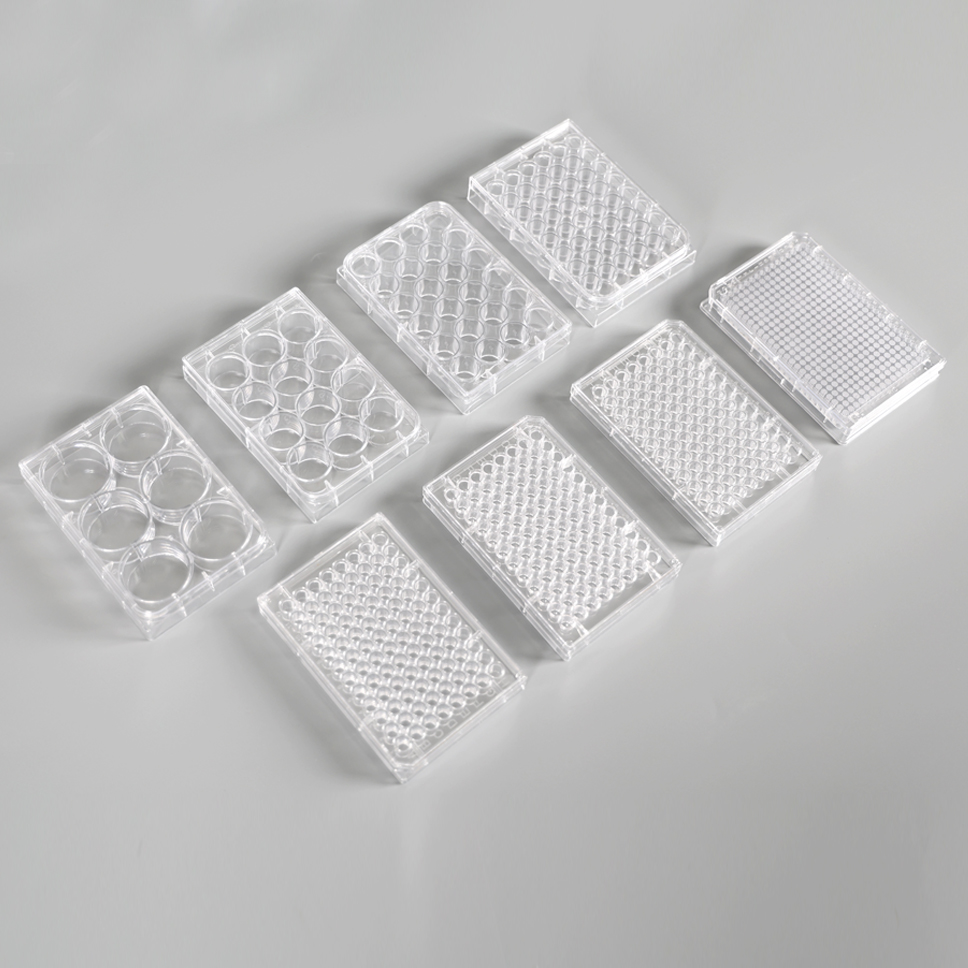Floating nut design and application (Figure)
In mechanical motion, the most common transmission for linear motion is the screw drive. The linear motion of the nut is driven by the rotary motion of the screw, which is the most frequently used in our design. This paper discusses the structural design of the sliding helix.
The original design is shown in Figure 1. The rotary motion is converted into a linear motion of the nut by a screw. However, in practical applications, due to the manufacturing error of the screw and the nut, especially when the stroke of the screw is large, and the tail is limited by the conditions, when the support cannot be installed, the movement difficulty or even the stuck phenomenon often occurs. Accelerate thread wear and shorten its life.

Under this circumstance, we have thought of how to solve the above problems without improving the manufacturing precision of the thread pair. After many design, test and practical applications, we successfully introduced the design concept of the floating nut. As shown in Figure 2, the working principle is introduced. Mill out on the outside of the nut 2  Wide groove, will be thick
Wide groove, will be thick  The other connecting plate 3 is inserted into the groove of the nut, and the opening size of the connecting plate should be slightly larger than the size of the nut opening, which is determined by experience. Thus, when the screw rotates to make the nut translate, it will be offset by a small angle of the free swing of the nut, so that the nut can truly exert its function of pushing the axial movement of the load, and the movement accuracy of the connecting plate 3 is determined by its guide rail, The nut can move relatively, we call it a floating nut.
The other connecting plate 3 is inserted into the groove of the nut, and the opening size of the connecting plate should be slightly larger than the size of the nut opening, which is determined by experience. Thus, when the screw rotates to make the nut translate, it will be offset by a small angle of the free swing of the nut, so that the nut can truly exert its function of pushing the axial movement of the load, and the movement accuracy of the connecting plate 3 is determined by its guide rail, The nut can move relatively, we call it a floating nut.

This structure is especially suitable for low-speed, heavy-duty non-precision mechanical transmission, and has been successfully applied to a series of medical lithotripters and various treatment beds produced by our company.
For more articles, please refer to "Mechanical Workers" Cold Processing 2007 No. 1
Cell Culture plates provide the right environmental surface to cultivate microorganisms. Choose from a variety of treated and untreated plates and dishes in multiwells or uniform flat bases. Some of the features include optically-clear for easily viewing cells, stacking beads for easier handling, and gamma sterilized and certified nonpyrogenic.
Product material: made of polystyrene
Product features: Each hole is marked with numbers and letters, which is easy to locate. One section of the plate cover has two bevel guides to prevent cross-contamination.
Features:
Easy to locate: alphanumeric labeling
Increased hole edges: reduces the risk of cross-contamination
Independent packaging: each culture plate is individually packaged
The tightly integrated hole cover can effectively prevent the contamination and evaporation loss of the medium during the cell culture process
Good stability: Innovative cover edge diversion design, which greatly improves the circulation and exchange of air in the plate

24 Well Plate,Cell Culture Plate,6 Well Plate,12 Well Plate,96 Well Plate Cell Culture
Yong Yue Medical Technology(Kunshan) Co.,Ltd , https://www.yonyuepcr.com